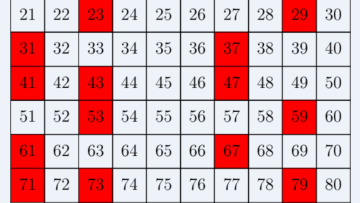12:00
How Low Can the Energy Density Go?
Abstract
Quantum fields can sometimes have negative energy density. In gravitational contexts, this threatens to permit both causality violations (such as traversable wormholes, warp drives, and time machines) and violations of the Second Law for black holes. I will discuss the thermodynamic principles that rule out such pathological situations. These principles have led us to an interesting lower bound on the energy flux, even for field theories in flat spacetime! This Quantum Null Energy Condition has now been proven for all relativistic field theories. I will give an intuitive argument explaining why such ``quantum energy conditions'' ought to hold.


